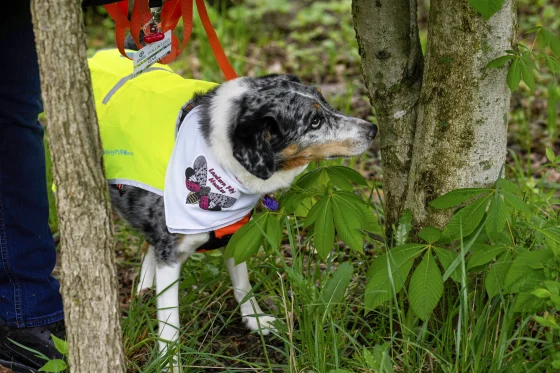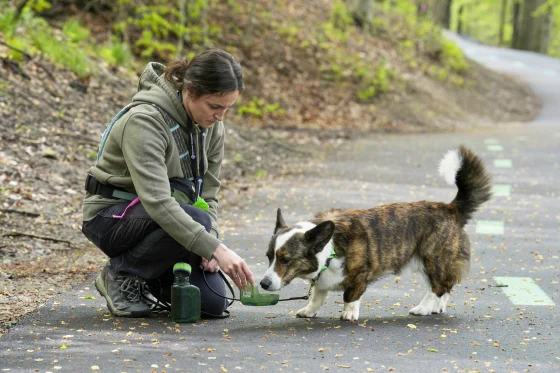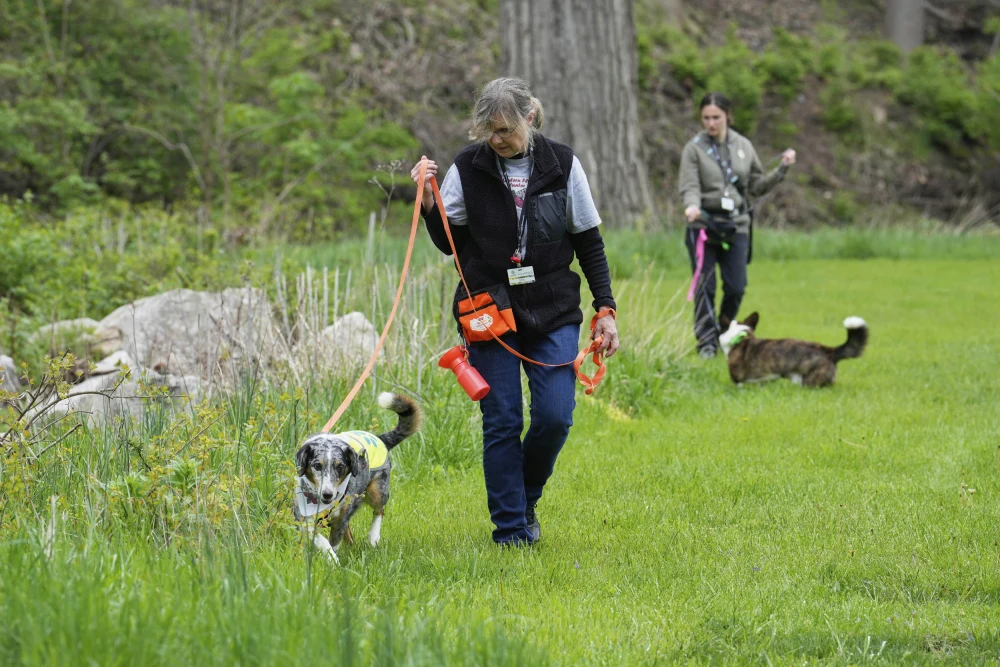Researchers are deploying a new weapon to slow the invasive species’ advance — specially trained dogs with the ability to sniff out the winged insect’s eggs.
Scent-Detecting Dogs Are the New Line of Defense Against Invasive Spotted Lanternflies
An unlikely group of heroes is taking on one of the most destructive invasive species creeping across the U.S.: specially trained dogs are now being used to detect and eliminate spotted lanternfly egg masses before they hatch.
The spotted lanternfly, a sap-feeding pest native to eastern Asia, has been spreading across the East Coast and Midwest since it was first discovered in the U.S. over a decade ago. Known for its bright red wings and black spots, the insect poses a serious threat to grapes, fruit trees, hardwoods, and hops.

To combat this infestation, researchers in Cleveland, Ohio, have enlisted four trained canines to help track down the insects’ hard-to-spot egg masses in city parks and public spaces. These egg clusters, often laid on trees, rocks, benches, and even bridge supports, each contain 30 to 50 eggs.
Since late 2024, the dogs have uncovered more than 4,000 egg masses — potentially preventing up to 200,000 new lanternflies from hatching, according to Connie Hausman, senior conservation science manager at Cleveland Metroparks.
“They’re incredible at what they do,” Hausman said. “Just one morning at the Cleveland Metroparks Zoo, the dogs found around 1,100 egg masses.”
Not Every Pup Makes the Cut

While all dogs have a keen sense of smell, only a select few meet the high standards needed for this specialized work. The chosen canines had to pass rigorous scent detection tests, proving they could reliably identify the lanternfly egg scent.
Each of the dogs was previously trained in scent work and then retrained as part of a Virginia Tech-led research initiative to recognize the unique odor signature of spotted lanternfly eggs.
Once an egg mass is found, the dog is rewarded with a treat, and handlers scrape away the mud-like egg clusters, effectively neutralizing the threat before the next generation of pests can emerge.
A Promising New Front in the Fight
This canine-powered approach represents a creative and scalable method to slow the spread of an invasive species that has proven difficult to control through conventional means.
“These dogs are helping us get ahead of the problem before it multiplies,” Hausman said.
With results like these, researchers hope to expand the use of trained dogs in other areas hit hard by lanternfly infestations — offering a glimmer of hope for farmers, conservationists, and native ecosystems under siege.
